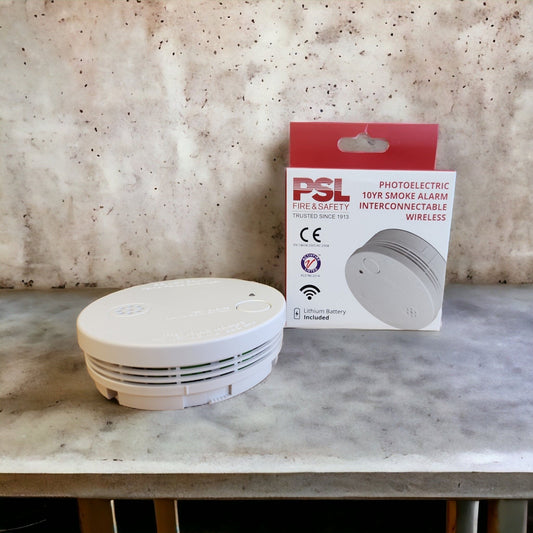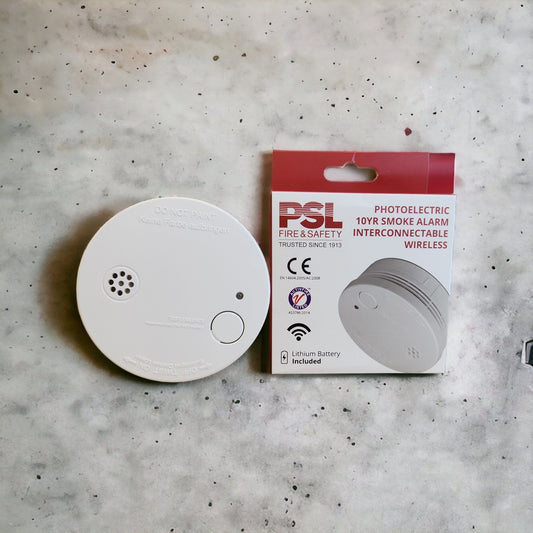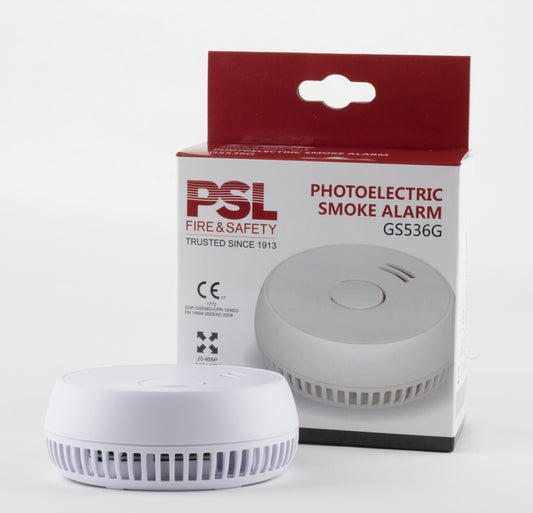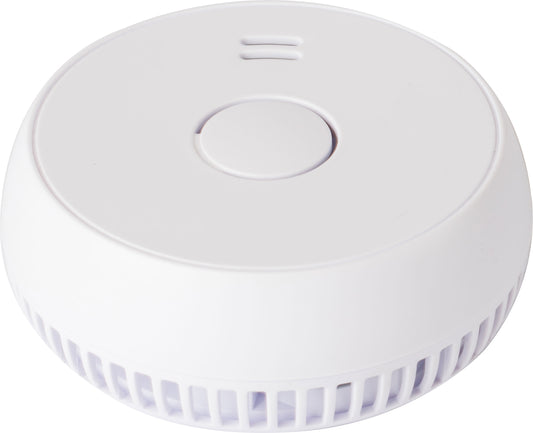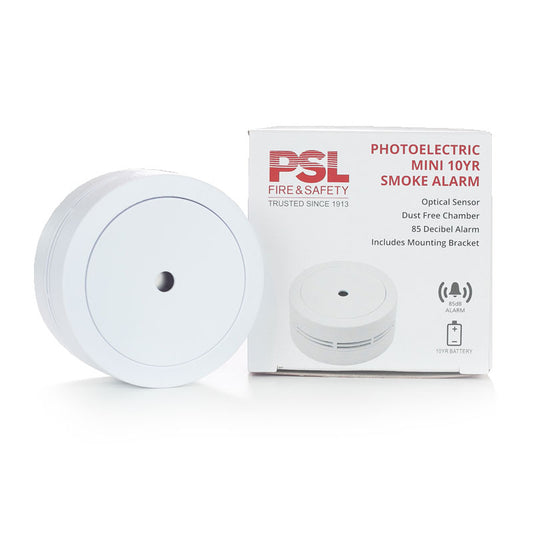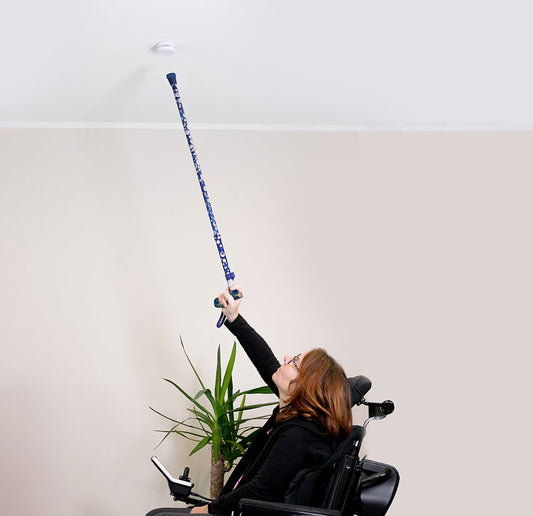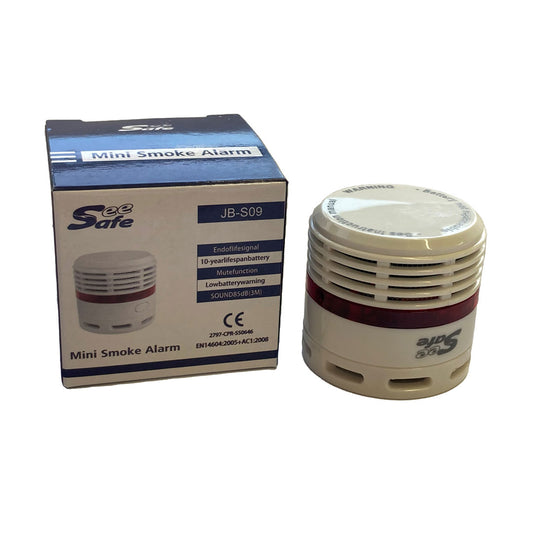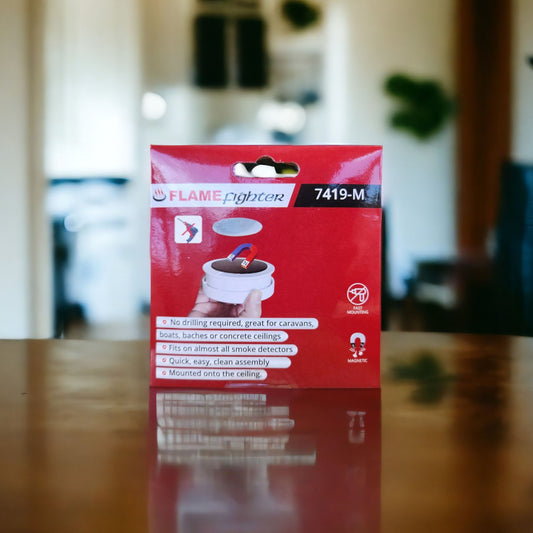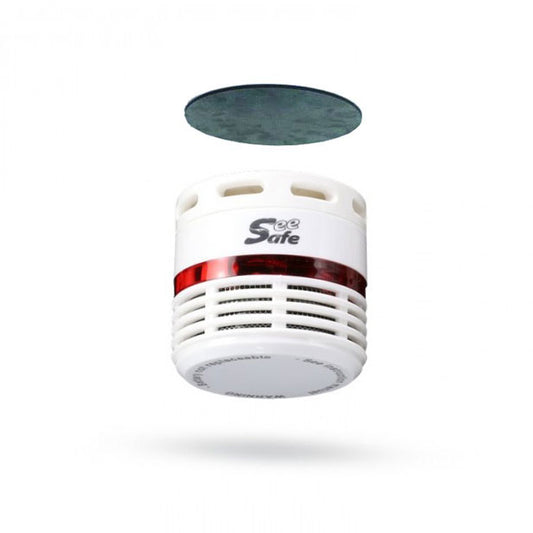Changes To The NZ Building Code In Relation to Smoke Alarms
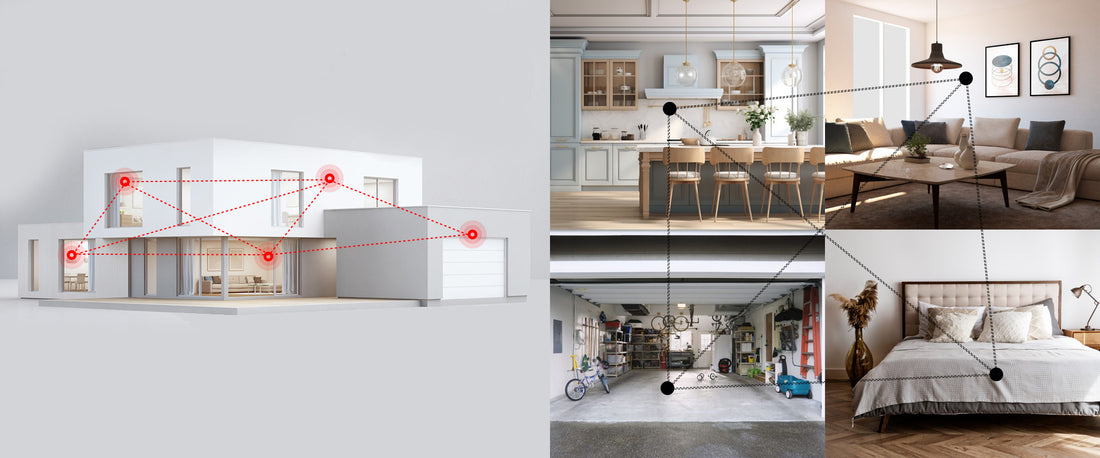
Starting November 2023, new homes and substantial renovations will require interconnected smoke alarms as the minimum fire safety system, according to the amended Building Code Acceptable Solutions for Protection from Fire (C/AS1 and C/AS2). The NZS 4514:2021 – Interconnected smoke alarms for houses - The standard allows for wireless or hard-wired interconnection, using either 10-year long-life battery-powered or 240v mains-powered alarms. The changes will have a 12-month transition period ending in November 2024.
Here are the key points to take note of:
- Smoke alarms must be either 10-year long-life battery-operated or 240v mains powered and interconnected.
- The smoke alarms must meet compliance standards, such as BS EN 14604, AS3786, UL 217, CAN/ULC S531, or ISO 12239.
- All bedrooms, living spaces, hallways, and landings within the building must have smoke alarms.
- In multi-level households, at least one smoke alarm must be present on each level.
- Smoke alarms must have both hush and test buttons and be located on or near the ceiling.
- If a kitchen or scullery is separated from living spaces and hallways by doors that can be closed, an alarm specified by the manufacturer as suitable for a kitchen should be installed in the kitchen.

Have a look at PSL Interconnectable solution here


